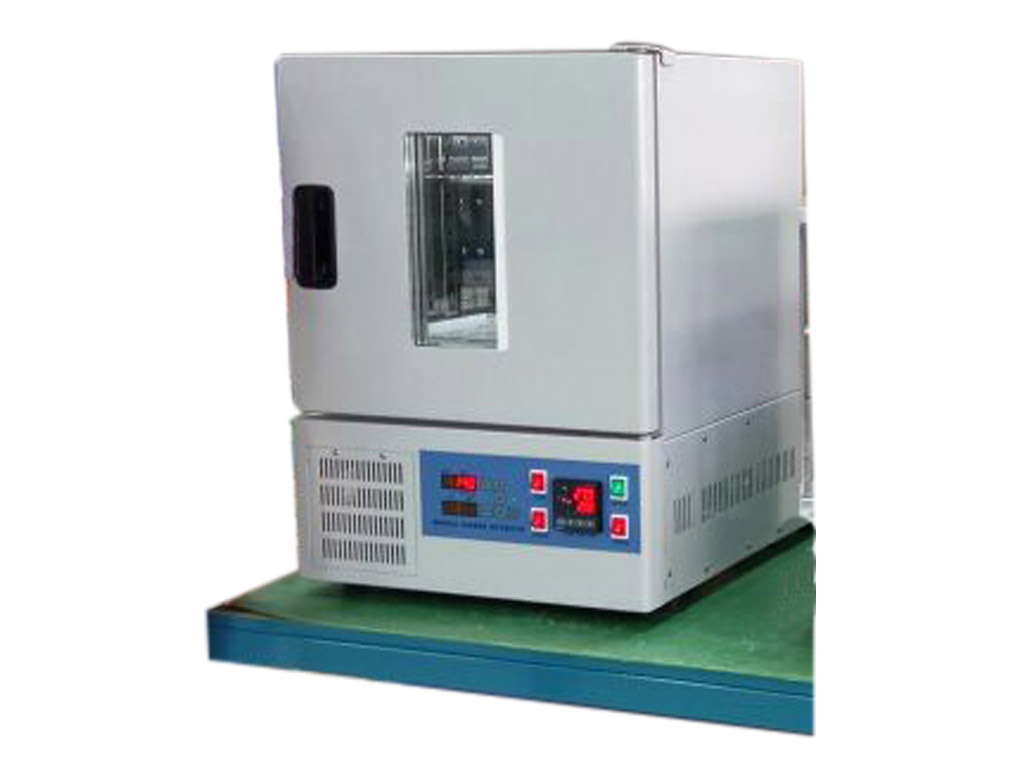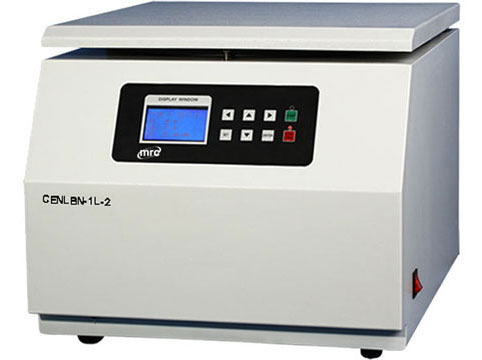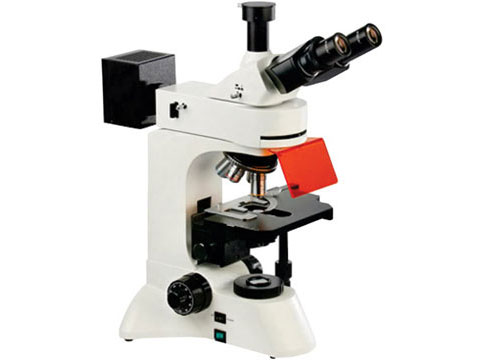Cell culture equipment forms the backbone of modern-day cellular research, enabling scientists to study cells in a controlled environment. From incubators to bioreactors, each piece of equipment serves a specific purpose in nurturing and maintaining cell cultures. In this article, we will delve into the various types of cell culture equipment, highlight their features and advantages, and provide insights into choosing the most suitable equipment.
Cell Culture Equipment: An Overview
Cell culture equipment refers to a range of instruments and devices used to create and maintain cell cultures. These cultures are crucial for a wide array of scientific disciplines, including molecular biology, drug development, tissue engineering, and regenerative medicine. The primary goal of cell culture equipment is to provide a controlled environment that mimics the physiological conditions required for cell growth and function.
The key components of cell culture equipment include:
- Incubators: These are specialized chambers that provide a controlled environment for cell cultures, including temperature, humidity, and carbon dioxide levels.
- Bioreactors: These systems facilitate the growth of large-scale cell cultures and are often used in biopharmaceutical production.
- Centrifuges: Used for separating cells from their growth medium, centrifuges are vital for harvesting cells and isolating cellular components.
- Microscopes: Essential for visualizing and studying cells, microscopes enable researchers to observe cell morphology, behavior, and interactions.
Each type of equipment serves a specific purpose in the cell culture process and contributes to the success of scientific experiments and biomedical applications.
Types of Cell Culture Equipment
Incubators
Incubators are a fundamental component of any cell culture laboratory. They provide a controlled environment that includes temperature, humidity, and gas composition to support optimal cell growth. Modern laboratory incubators often have advanced features like CO2 control, adjustable shelves, and HEPA filters to maintain sterility. Some models even offer programmable settings and remote monitoring capabilities, providing convenience and flexibility for researchers.

Centrifuges
Centrifuges its important in cell culture workflows, particularly for separating cells from their growth medium or harvesting cellular components. They utilize centrifugal force to separate substances of different densities, allowing researchers to collect purified cells or isolate specific cellular components. Different types of centrifuges, such as microcentrifuges and high-speed centrifuges, are available to accommodate varying sample volumes and processing speeds.

Microscopes
Microscopes are indispensable tools for observing and studying cells at the microscopic level. They enable researchers to examine cell morphology, cellular processes, and interactions. Advanced microscopy techniques, including fluorescence microscopy, confocal microscopy, and live-cell imaging, provide valuable insights into cellular behavior and dynamics. Digital imaging systems integrated with microscopes allow for documentation and analysis of cell cultures.

Factors to Consider When Choosing Cell Culture Equipment
When selecting cell culture equipment, several factors should be considered to ensure the most suitable choice for specific applications. These factors include:
- Capacity: Evaluate the equipment's capacity to handle the expected workload, considering the number of samples, flask sizes, or bioreactor volumes required.
- Temperature Control: Opt for equipment with precise temperature control to mimic the physiological conditions necessary for cell growth.
- Sterility: Ensure that the equipment has features to maintain sterility, such as HEPA filters, autoclave compatibility, and contamination prevention mechanisms.
- Ease of Use: Look for equipment that offers user-friendly interfaces, intuitive controls, and convenient features like programmable settings or automated processes.
- Cost: Consider the equipment's upfront cost, maintenance expenses, and long-term value in terms of performance, durability, and compatibility with future needs.
Maintenance and Care of Cell Culture Equipment
Proper maintenance and care of cell culture equipment are essential to ensure accurate and reliable results, as well as prolonging the lifespan of the equipment. Consider the following guidelines:
- Regular Cleaning: Regularly clean the equipment, including incubators, bioreactors, centrifuges, and microscopes, following manufacturer guidelines. Use appropriate disinfectants and sterile techniques to prevent contamination.
- Calibration: Calibrate the equipment regularly to ensure accurate temperature, pH, and other parameter readings. Follow calibration procedures provided by the manufacturer or consult with qualified technicians.
- Routine Maintenance: Perform routine maintenance tasks as recommended by the manufacturer. This may include lubricating moving parts, replacing worn-out components, and checking for leaks or malfunctions.
- Quality Control: Implement a robust quality control program to monitor the performance of the equipment. Regularly validate and verify the accuracy and precision of measurements and parameters.
- Troubleshooting: Familiarize yourself with common troubleshooting techniques for the equipment. Understand the potential issues and solutions to address minor problems and minimize downtime.
Emerging Trends in Cell Culture Equipment
The field of cell culture equipment is continuously evolving, with several emerging trends that shape the future of cellular research. Some notable trends include:
Automation and Integration: Automation technology is revolutionizing cell culture workflows, allowing for increased efficiency, reproducibility, and scalability. Automated systems with integrated monitoring capabilities provide real-time data and control, streamlining processes and reducing manual intervention.
Advanced Monitoring and Analytics: Innovative technologies enable more in-depth monitoring and analysis of cell cultures. Integrated sensors, real-time imaging, and advanced analytics software allow researchers to gather comprehensive data on cell behavior, metabolism, and response to stimuli.
Single-Use Systems: Single-use bioreactors and other disposable cell culture equipment are gaining popularity due to their convenience, reduced contamination risk, and simplified cleaning and maintenance procedures. These systems offer flexibility, especially in biopharmaceutical production, where rapid changeover and contamination control are crucial.
Organ-on-a-Chip and 3D Cell Culture: Cutting-edge technologies like organ-on-a-chip systems and 3D cell culture platforms are revolutionizing cell culture research. These models provide a more physiologically relevant environment for studying complex cell interactions, tissue development, and drug responses.